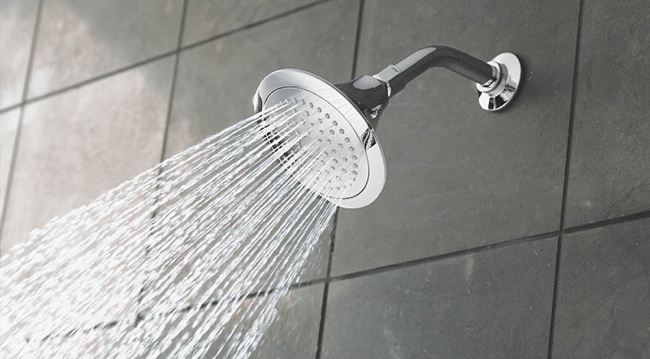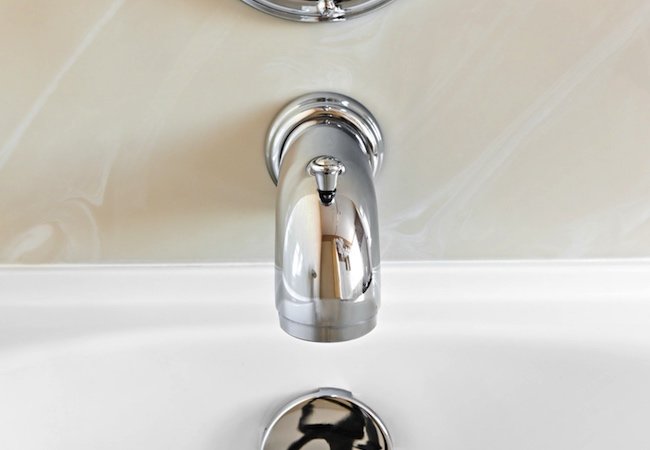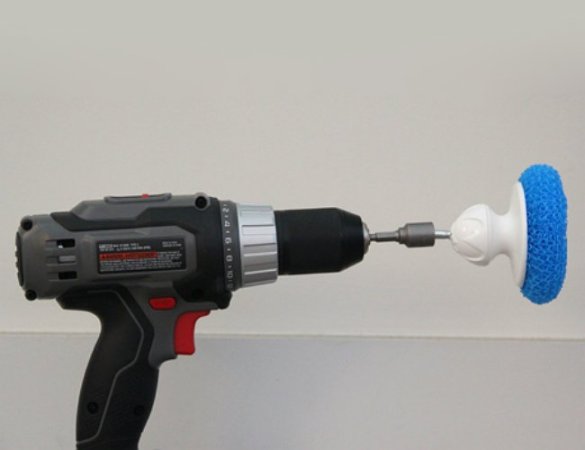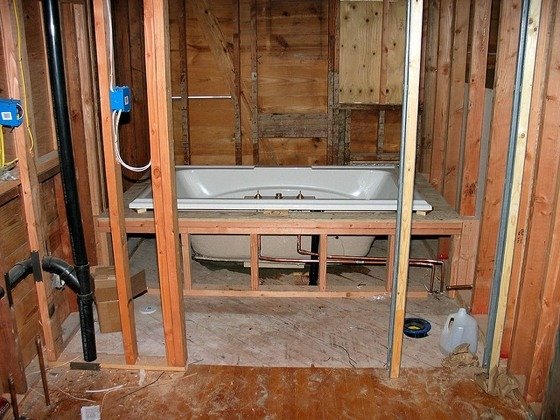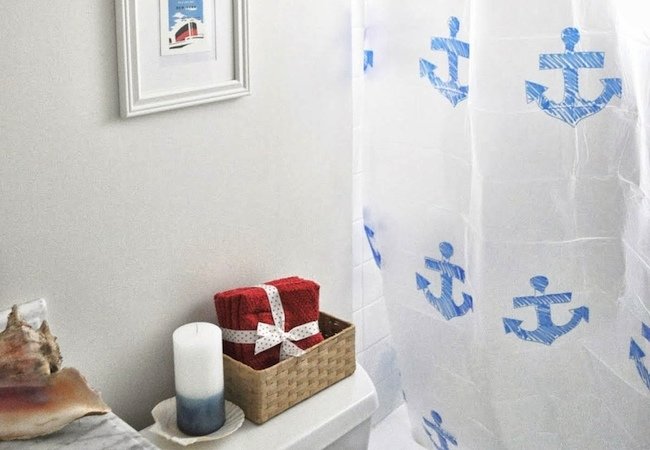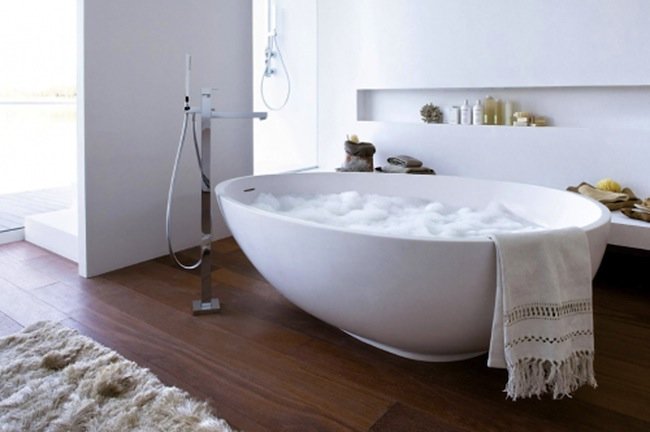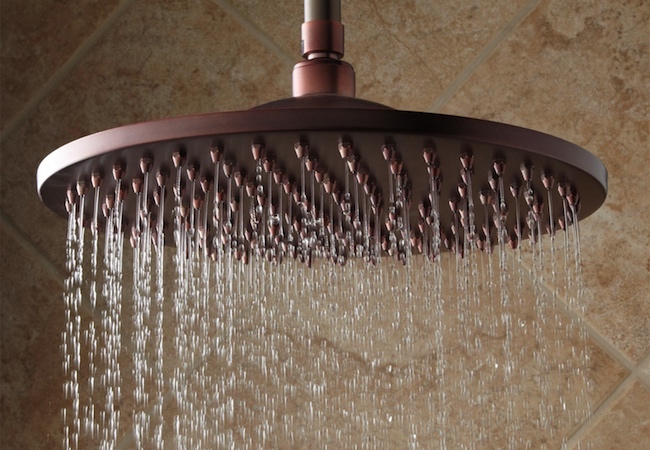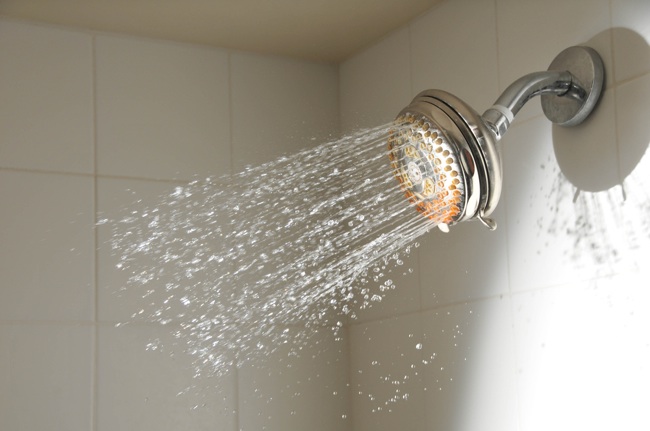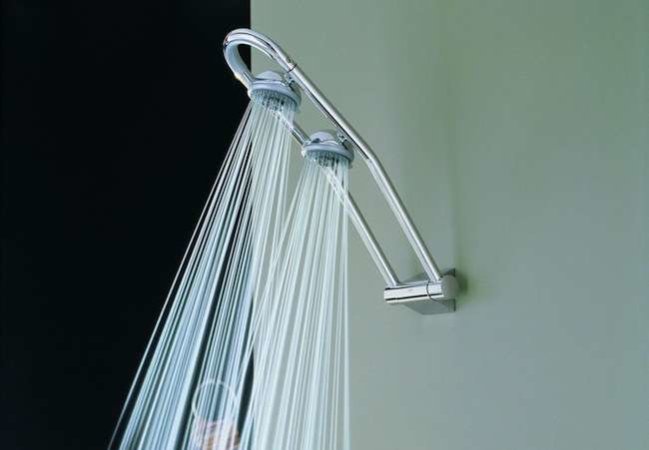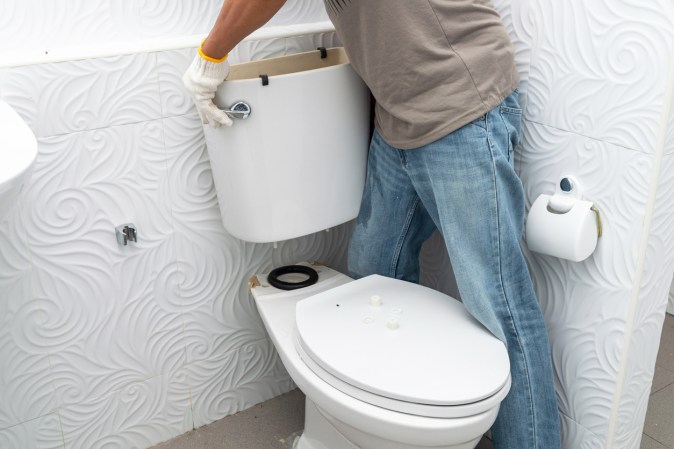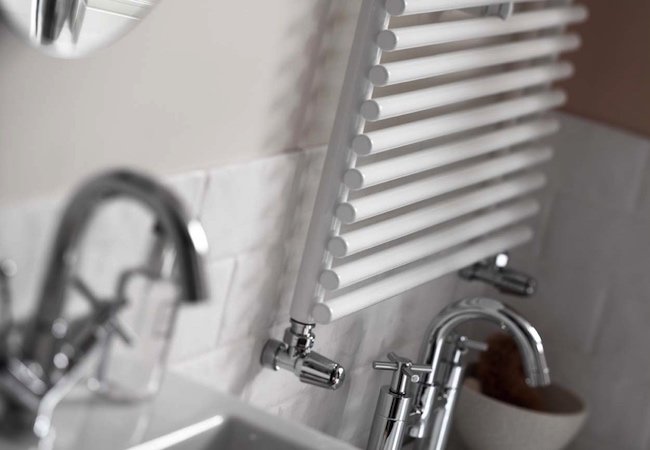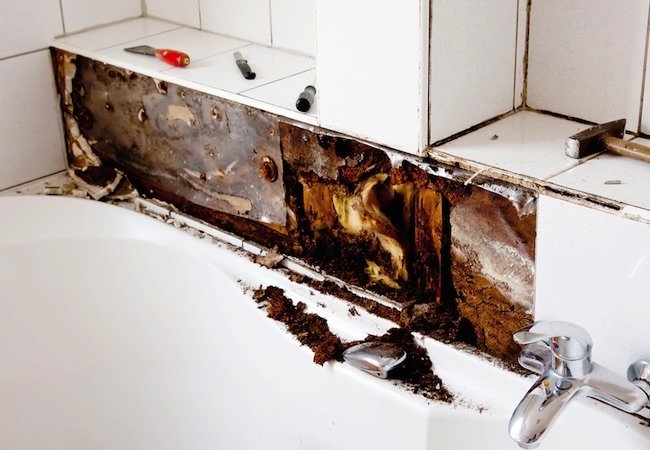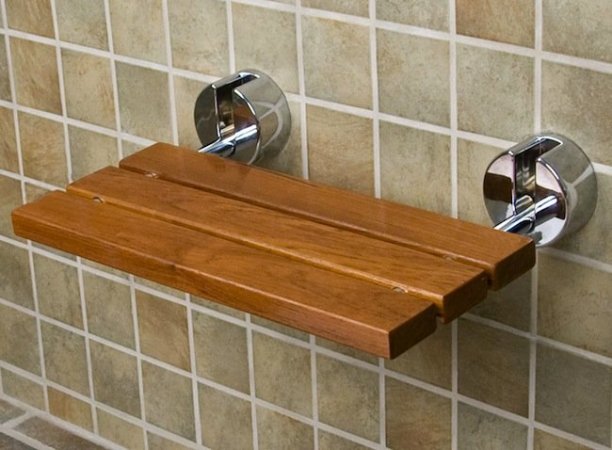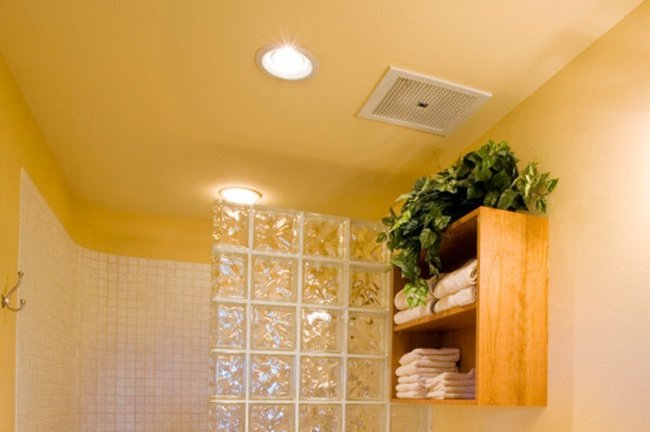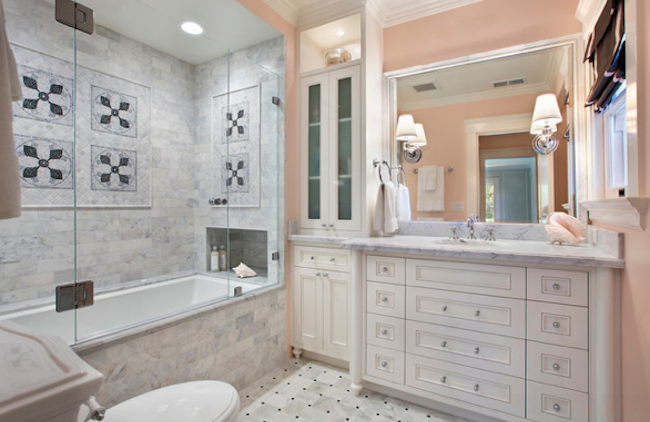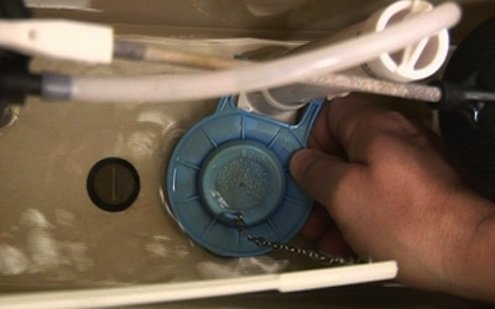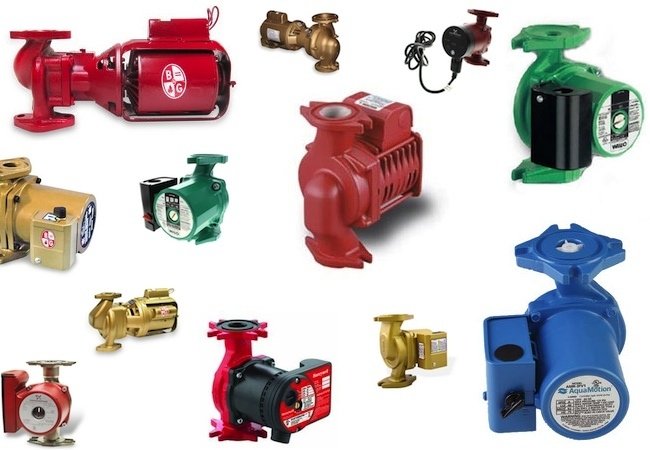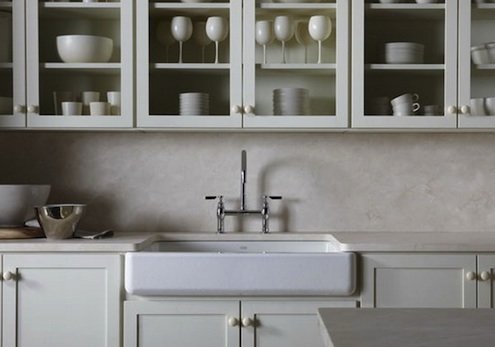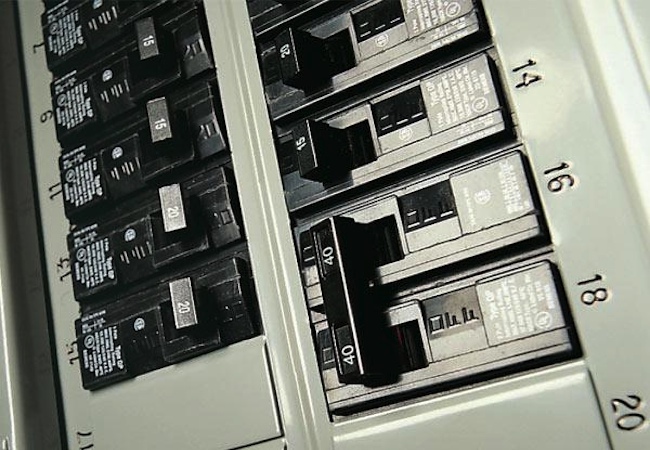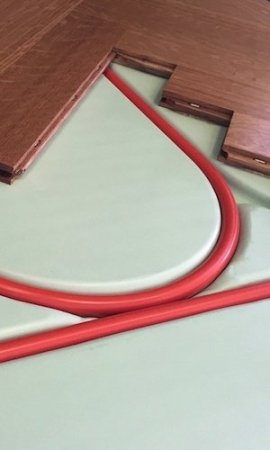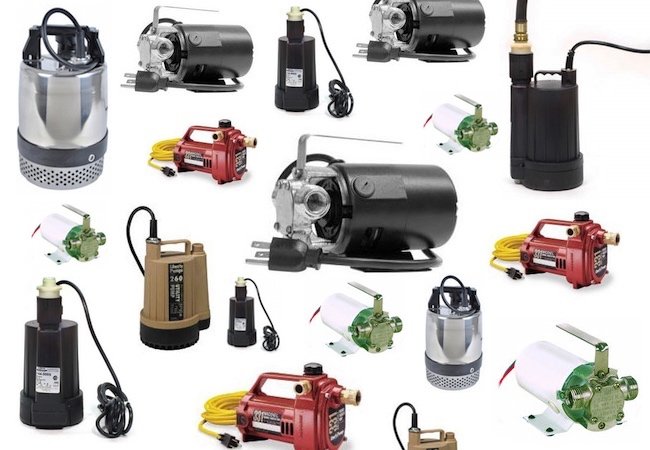We may earn revenue from the products available on this page and participate in affiliate programs. Learn More ›
Gone are the days of the utilitarian shower head. Today’s spigots are anything but standard. From sleek handheld units to adjustable sprays to stand-up spas, the bathroom hardware aisle has begun to rain a torrent of tantalizing options.
Types of Shower Heads
- Standard wall mount. The standard wall-mounted shower head ranges from simple designs to more elaborate, feature-heavy models with adjustable angles and multiple spray modes. Such fixtures also include technology to counteract hard water buildup, corrosion, and tarnishing. Some have only one setting, while others boast mist, massage, and assorted other shower effects. Prices run the gamut, but if you’re economizing, this is where to start your search.
- Top mount. Opt for this type of shower head if you like the idea of your daily deluge falling from above. A top-mount model either installs directly onto the ceiling or hangs down from an extension arm.
- Sliding bar. In response to the height and personal preference of the user, a sliding bar shower head moves up and down along a wall-mounted base. For a bathroom shared among family members, a shower head like this, whether it’s fixed or removable, ensures that everyone enjoys an optimal experience.
- Handheld. Removable from its mounting, a handheld shower head performs well in bathing applications and can also be useful for washing things other than adult bodies (e.g., pets and kids). If you can’t decide between a handheld or a traditional fixture, why not settle on a two-in-one combination? Remember to select a model that is easy to grip and maneuver when your hands are wet and soapy.
- Shower panel systems. A great way to think of these showers is as Jacuzzis you stand up in. Highly customizable, shower panel systems deliver more water pressure where you want, less where you don’t. Buy a pre-configured unit or design your own, specifying the number of spigots and their placement (overhead, chest-level, knee-high, etc.), the output volume, as well as the included spray options. Note that in homes with shower panels, hot water consumption tends to increase. Make sure there are no environmental restrictions in your area concerning the installation of multiple shower heads.
- Aerating. Many shower heads on the market are aerating, which means they mix air and water to create the sensation of enhanced water pressure, even though they actually use less water than a regular fixture. Aerating shower heads cost more initially, but they save you money on monthly utility bills.
- Lighted. Shower heads enhanced by LED lights provide adjustable, mood-matching illumination that can make your habitual shower routine that much more pleasurable and convenient.
Confirm that your plumbing can accommodate any shower system you’re eyeing. While the standard diameter of water pipes is one half inch, some custom showers require pipes that are wider. Meanwhile, your existing water heater may not have sufficient capacity to meet a graduated level of demand. Retrofit options are often available, but the wise course is to seek the advice of a professional.
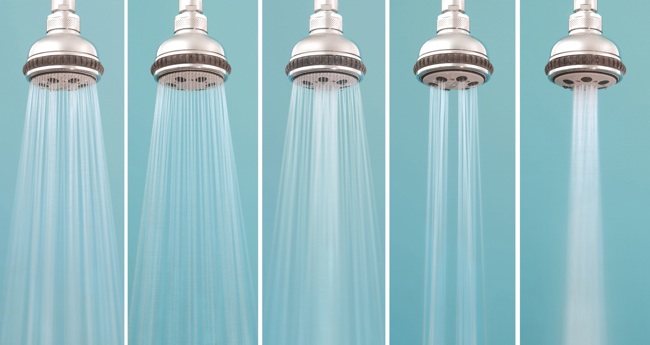
Environmental Considerations
Since the early 1990s, the EPA has limited shower heads in the U.S. to a flow rate of 2.5 gallons per minute (gpm), thereby conserving both water and the fuel that runs water heaters. Knowing that the average family goes through almost 400 gallons of water in a single day, consider investing in a water-saving shower head that uses even less than 2.5 gpm. Models that carry the EPA WaterSense label have been demonstrated to utilize no more than 2 gpm.
Going the green route? Take your home’s water pressure into account. The EPA-specified flow rate is for a standardized pressure of 80 pounds per square inch (psi), so if your water pressure is not that high to begin with, a low-flow shower head probably won’t offer the results you’re seeking. In fact, if you’re already unsatisfied with the water pressure in your home, concentrate on models that have been specially engineered to mitigate that issue.
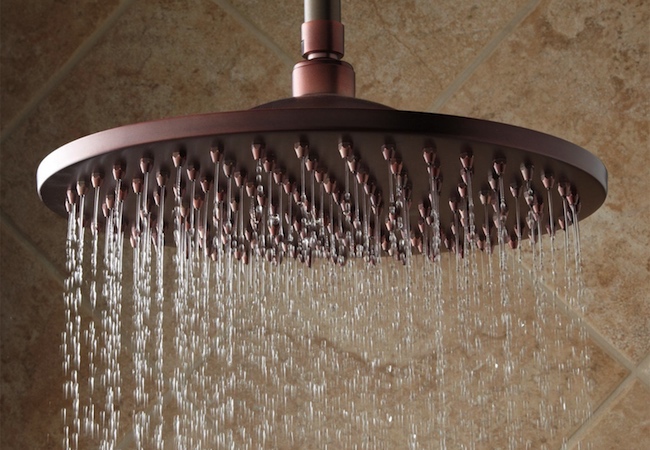
Price Range
To upgrade your shower, you can spend anywhere from $5 to $1,000 and beyond. Decide for yourself whether special features that tip the price scale are worth the expense. When comparing two models with similar feature sets, keep in mind that a higher price does not always indicate a higher level of quality.
Further Considerations
Who is going to use the bathroom you’re updating? If it’s the master bath and you don’t plan on sharing the space with guests, do whatever you like. If it’s a bathroom that visitors to your home are likely to use, select from those models that are easiest to use.
In addition, think about how much time and energy you wish to spend on installing your shower head. If you’re renovating the bathroom or building a new home, the course of work already being done might easily absorb an otherwise demanding installation. For a weekend afternoon project, basic wall-mounted fixtures are most accessible for do-it-yourselfers.
